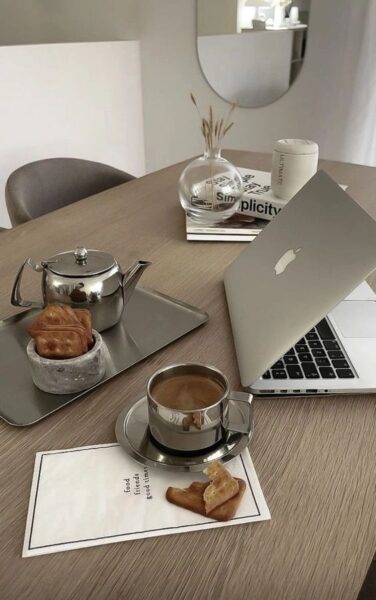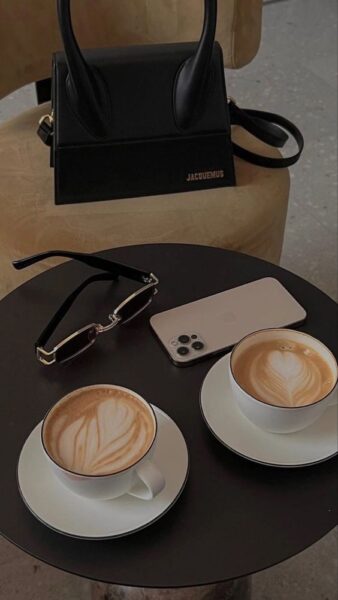Psychological Pricing Techniques that Boost Sales
Pricing is more than just assigning a number to a product or service. The way prices are presented, perceived, and compared can significantly influence whether or not a customer makes a purchase. That’s where psychological pricing techniques come in.
These methods are rooted in behavioral economics and cognitive psychology. They leverage how people think, feel, and make decisions to increase conversions, boost perceived value, and maximize revenue. In this guide, we’ll explore the most effective psychological pricing techniques and show how to apply them strategically across your product or service offerings.
What Are Psychological Pricing Techniques?
Psychological pricing techniques are strategies used to make prices more appealing, trigger emotional responses, or reduce decision-making friction. They are based on understanding human behavior and how people interpret numbers, value, and offers.
While these tactics can be powerful, they must be used ethically. The goal is to guide customers toward value, not manipulate them into spending unwisely.
Let’s take a closer look at some of the most effective psychological pricing techniques that businesses use to drive growth.
1. Charm Pricing (The 9-Endings)
Charm pricing is one of the most widely used psychological pricing techniques. It involves pricing products just below a round number. For example, instead of pricing a product at $50, you list it at $49.99 or $49.
Studies consistently show that prices ending in .99 are perceived as significantly lower, even though the difference is only one cent. Customers tend to focus on the leftmost digits when scanning prices, making $49.99 feel closer to $40 than to $50.
When to Use:
- Retail and e-commerce
- Competitive markets where small price differences matter
- Products targeted at price-sensitive customers
Tip:
Use whole numbers or rounded pricing ($50, $100) for luxury or premium positioning instead.
2. Price Anchoring
Anchoring is a powerful cognitive bias where people rely heavily on the first piece of information they see (the “anchor”) when making decisions.
In pricing, anchoring is used by presenting a high reference price first, making subsequent prices seem more reasonable. For example, if a product is listed at $299 but currently offered at $179, customers perceive it as a bargain.
When to Use:
- Subscription plans (e.g., show premium before standard)
- Sale pricing (strike through original price)
- Upselling or tiered packages
Tip:
Start your pricing page with the most expensive plan to make the others feel more affordable. Read more about unbundling and bundling pricing strategies and examples.
3. Decoy Pricing
Decoy pricing involves offering a third option that makes one of the other two options more attractive. It’s a clever way to steer customers toward a specific choice.
For example:
- Option A: $10 – Basic
- Option B: $20 – Premium
- Option C: $19 – Same as Option A, but with fewer features
Option C serves as a decoy, making Option B seem like a no-brainer in comparison.
When to Use:
- Tiered pricing models
- SaaS products or subscription services
- When you want to push customers toward a mid-tier or high-value option
4. Bundle Pricing
Bundling is one of the most effective psychological pricing techniques to increase perceived value and average order size. It combines multiple products or services into one package at a lower price than buying each item individually.
This reduces decision fatigue and increases the perception of savings.
When to Use:
- Complementary products
- Digital goods (e.g., courses, software tools)
- Promotions or new product launches
Tip:
Make sure the savings are visible. Show original prices alongside bundle prices to highlight the value.
5. Comparative Pricing
Customers don’t evaluate price in isolation. They compare it to alternatives, which is why offering clear comparisons can drive faster decisions.
By presenting side-by-side options (e.g., Basic, Standard, Pro), you give customers context. Highlighting the “most popular” or “best value” plan nudges users toward that choice.
When to Use:
- SaaS and digital platforms
- Subscription or service tiers
- When you want to drive adoption of a specific plan
6. Odd vs. Even Pricing
This technique ties into charm pricing but goes deeper. Odd prices (ending in 1, 3, 5, 7, 9) are generally associated with discounts and deals, while even numbers (ending in 0) are perceived as premium or luxurious.
For example:
- $99.97 feels like a deal
- $100 feels like a premium product
Choosing the right price ending helps set expectations about product value.
When to Use:
- Odd endings for discounts or urgency
- Even endings for prestige or trust
7. Price Appearance and Formatting
How prices are visually presented can influence how expensive they feel. This includes font size, placement, symbols, and decimals.
Tactics include:
- Removing the currency symbol (e.g., “9” instead of “$9”) makes prices feel less serious
- Using smaller font sizes reduces perceived price
- Omitting decimals (e.g., $49 instead of $49.00) feels cleaner and simpler
When to Use:
- Menu pricing
- Landing pages or in-app pricing
- High-conversion environments
8. Free vs. Freemium Pricing
Offering something for free is one of the oldest psychological pricing techniques. But it’s not just about giving things away — it’s about lowering risk and building trust.
Freemium models work by offering a basic version for free while charging for premium features. This removes friction from the initial decision and lets users experience the value firsthand.
When to Use:
- SaaS products
- Digital platforms with a strong upgrade path
- Markets with high competition
9. Scarcity and Urgency Pricing
Limited-time offers and limited-quantity deals create psychological pressure to act quickly. This is rooted in the fear of missing out (FOMO), a well-documented behavioral driver.
Examples include:
- “Only 3 left in stock”
- “Offer expires in 24 hours”
- “Early bird pricing ends soon”
These tactics increase conversions when used sparingly and authentically.
When to Use:
- Promotions and product launches
- Flash sales
- Events and memberships
10. Mental Accounting and Price Partitioning
Customers often categorize expenses in their minds. For example, they may treat a $10 service fee differently from a $10 base price.
Price partitioning separates the price into components (e.g., base + fees). This can make the base seem cheaper, though it may also backfire if overused.
Alternatively, “all-inclusive” pricing can appeal to customers who hate hidden fees.
When to Use:
- Travel and hospitality
- E-commerce with shipping fees
- Subscription billing
11. Using Price to Signal Quality
In certain industries, a higher price is perceived as higher quality. This is especially true for:
- Fashion
- Health products
- Coaching and consulting
- Luxury goods
Raising your price can sometimes increase demand by signaling prestige, expertise, or exclusivity.
When to Use:
- High-trust, high-investment purchases
- When customer perception matters more than cost
- To reposition a brand or enter a premium market
12. The Power of the Number 3
People love triads. Offering three options taps into a psychological sweet spot — not too few, not too many. It also sets up a natural comparison where the middle option becomes the most attractive.
Example:
- Basic: $9/month
- Pro: $19/month (Most Popular)
- Enterprise: $49/month
This “Goldilocks effect” nudges customers to choose the option that’s just right.
When to Use:
- Tiered product offerings
- Service packages
- Pricing tables
13. Round-Number Anchors in Discounts
When offering discounts, use round numbers as reference points to enhance perceived value.
Example:
- “Was $100, now only $69” feels more impactful than “Was $97, now $69”
Even if the percentage is similar, the round anchor makes the price drop more noticeable.
Final Thoughts
The art of pricing is deeply intertwined with psychology. By understanding how customers interpret numbers, structure, and offers, you can use psychological pricing techniques to guide decision-making and increase sales without lowering your margins.
Whether you’re running an e-commerce store, a SaaS company, or a service business, applying these tactics strategically can help you convert more visitors, build trust, and grow revenue. Always test your pricing, observe customer behavior, and adapt your approach based on what works best for your audience.


















Post Comment